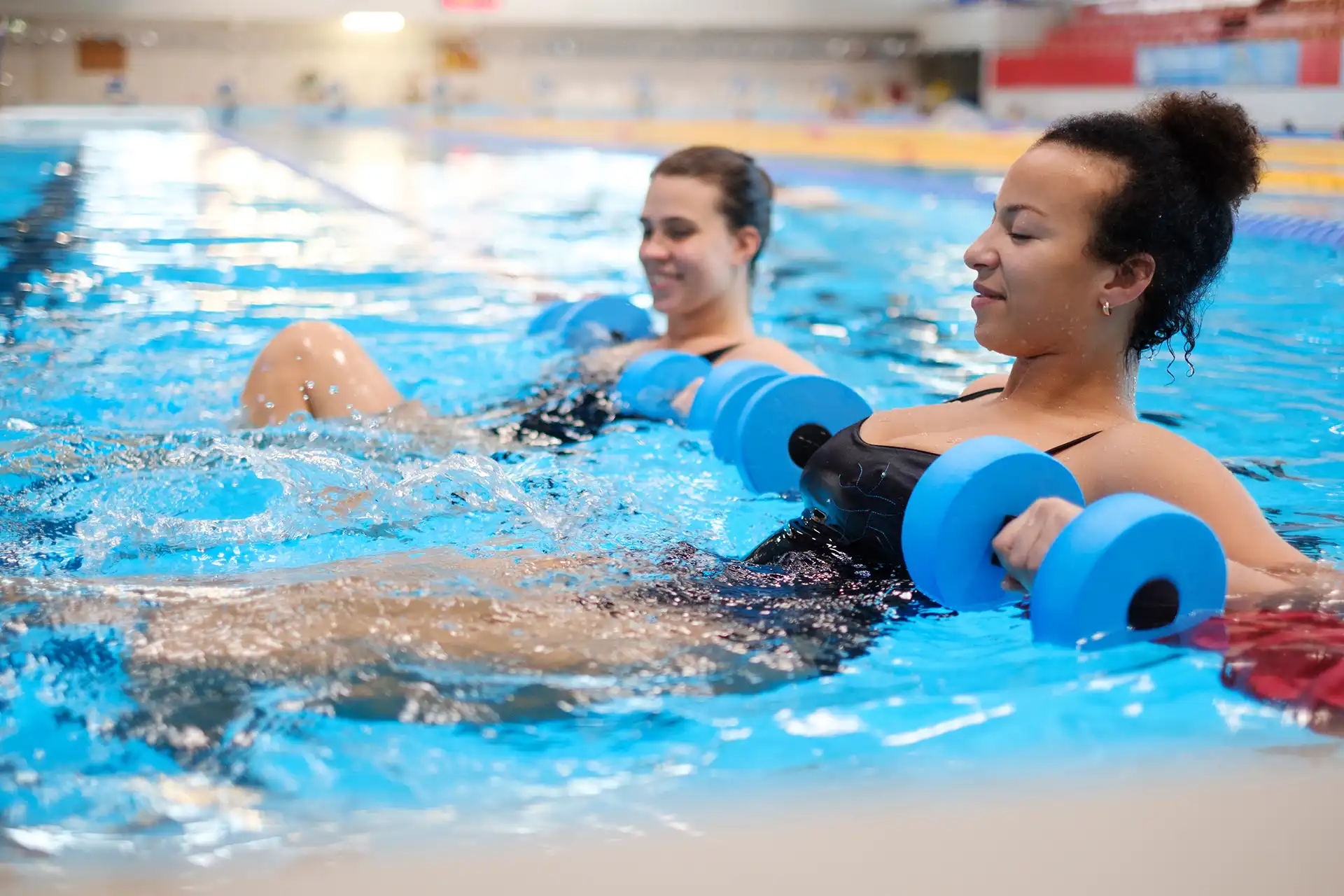Car accidents can be traumatic and life-changing events.
Injuries sustained during a car accident can be severe and require extensive rehabilitation. Aquatic therapy is a form of physical therapy that can be particularly beneficial for those who have been injured in a car accident. This article will provide a comprehensive guide to aquatic therapy, how it works, and its benefits for those in a car accident.

What is Aquatic Therapy?
Aquatic therapy, also known as aquatic physical therapy, is a form of rehabilitation in a pool. It involves exercises and movements performed in water to improve physical function, reduce pain, and enhance overall wellness. Aquatic therapy can treat various conditions, including arthritis, back pain, joint replacements, and sports injuries.
How Does Aquatic Therapy Work?
Aquatic therapy uses the unique properties of water to facilitate rehabilitation. The buoyancy of the water reduces the amount of weight bearing and impact on joints, making exercises easier and less painful to perform. This is particularly important for individuals who have suffered injuries to their back, neck, or joints. Additionally, the resistance of the water provides a gentle but effective workout that can help improve muscle strength and flexibility without putting undue strain on the body.
Hydrostatic pressure, the pressure exerted by the water on the body, is also used in aquatic therapy. This pressure can help reduce swelling and improve joint position awareness, making it easier for individuals to move their limbs and perform exercises. The warm water used in aquatic therapy can also help relax muscles and increase blood flow to injured areas, aiding in the healing process.
Benefits of Aquatic Therapy for Car Accident Rehabilitation Aquatic therapy can be an effective form of rehabilitation for those who have been injured in a car accident. Here are some of the benefits of aquatic therapy for car accident rehabilitation:
- Reduced pain: The buoyancy of the water can help reduce the amount of weight bearing and impact on joints, making exercises less painful.
- Improved range of motion: The resistance of the water can help improve muscle strength and flexibility without putting undue strain on the body, helping to improve the range of motion.
- Faster recovery: The warm water used in aquatic therapy can help relax muscles and increase blood flow to injured areas, aiding in the healing process and promoting faster recovery.
- Reduced risk of further injury: Because aquatic therapy is low-impact, there is a reduced risk of further injury, making it a safe and effective form of rehabilitation.
- Improved overall fitness: Aquatic therapy provides a full-body workout that can help improve overall fitness levels, making it a valuable tool for those who want to improve their physical function and wellness.
Who Can Benefit from Aquatic Therapy?
Aquatic therapy can be beneficial for a wide range of individuals, including those who have been injured in a car accident. It can also be useful for individuals with chronic pain, arthritis, fibromyalgia, and other conditions that cause pain and limited mobility. Additionally, older adults and pregnant women may find aquatic therapy to be a safe and effective form of exercise.
Getting Started with Aquatic Therapy
If you have been in a car accident and require rehabilitation, aquatic therapy may be a suitable treatment for you. To get started with aquatic therapy, you must find a qualified aquatic physical therapist to evaluate your condition and develop a customized treatment plan.
During your initial evaluation, your therapist will assess your range of motion, strength, balance, and flexibility. Based on your assessment, your therapist will develop a treatment plan that may include exercises and movements performed in water. Your therapist will also guide how to perform exercises correctly and safely.



